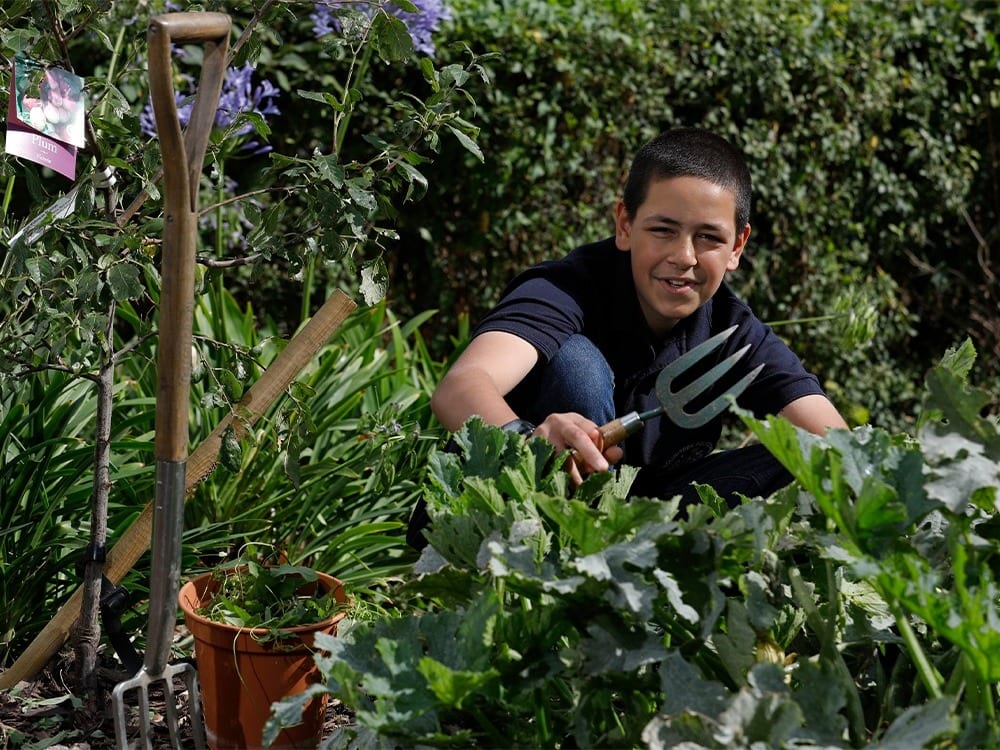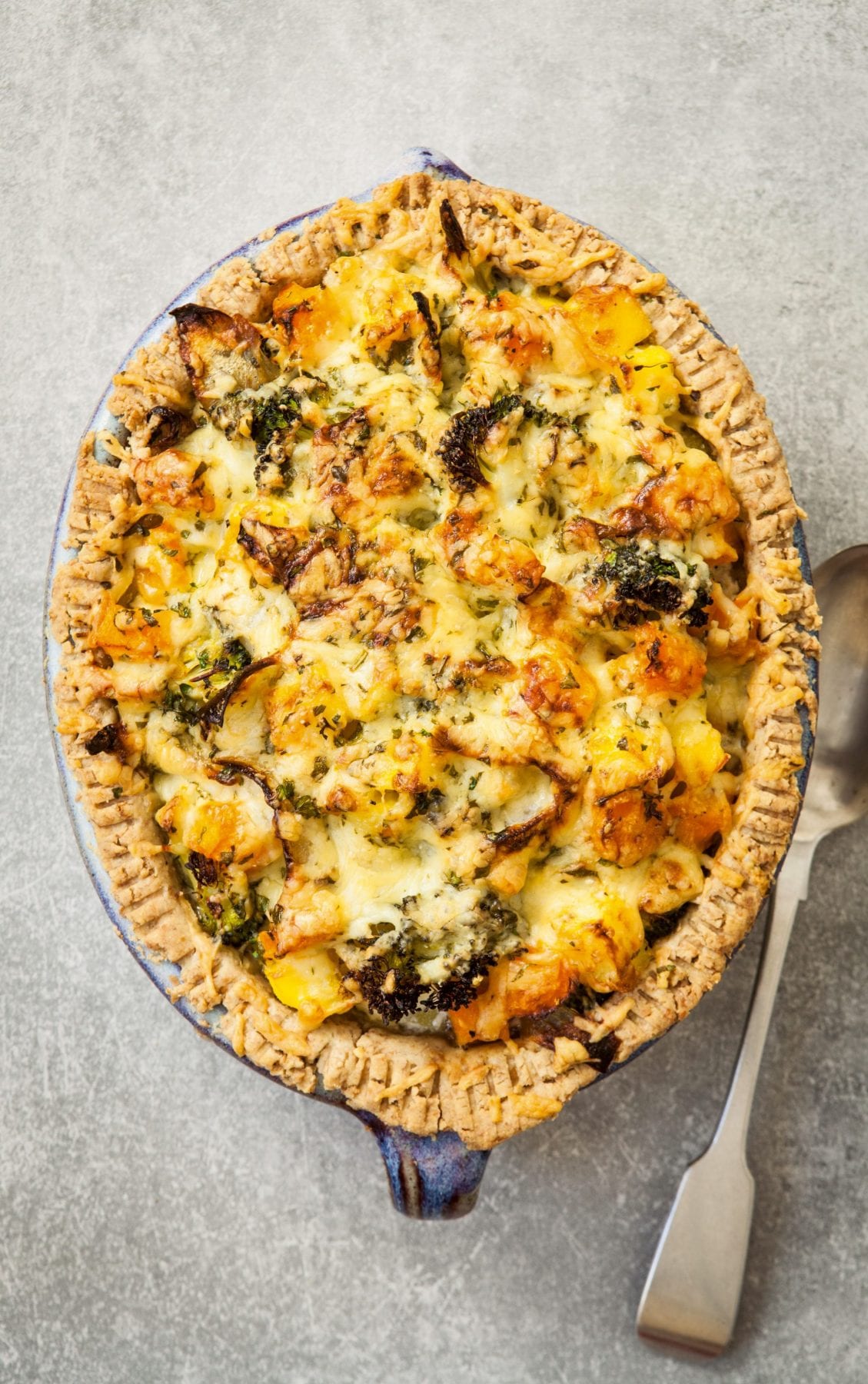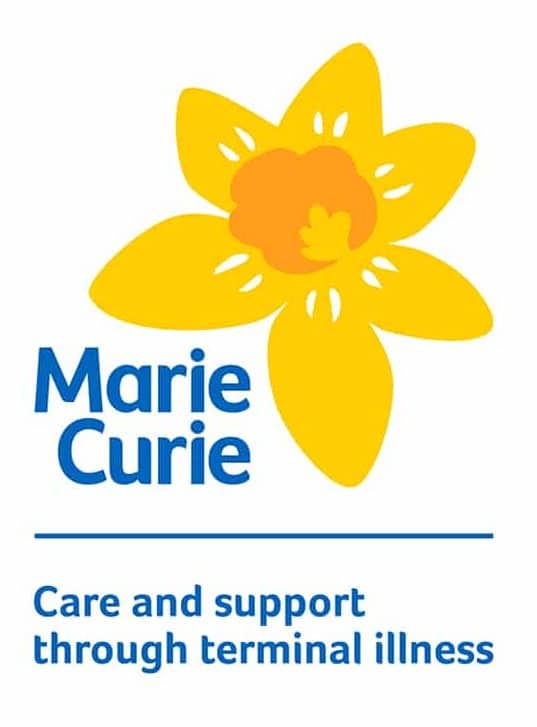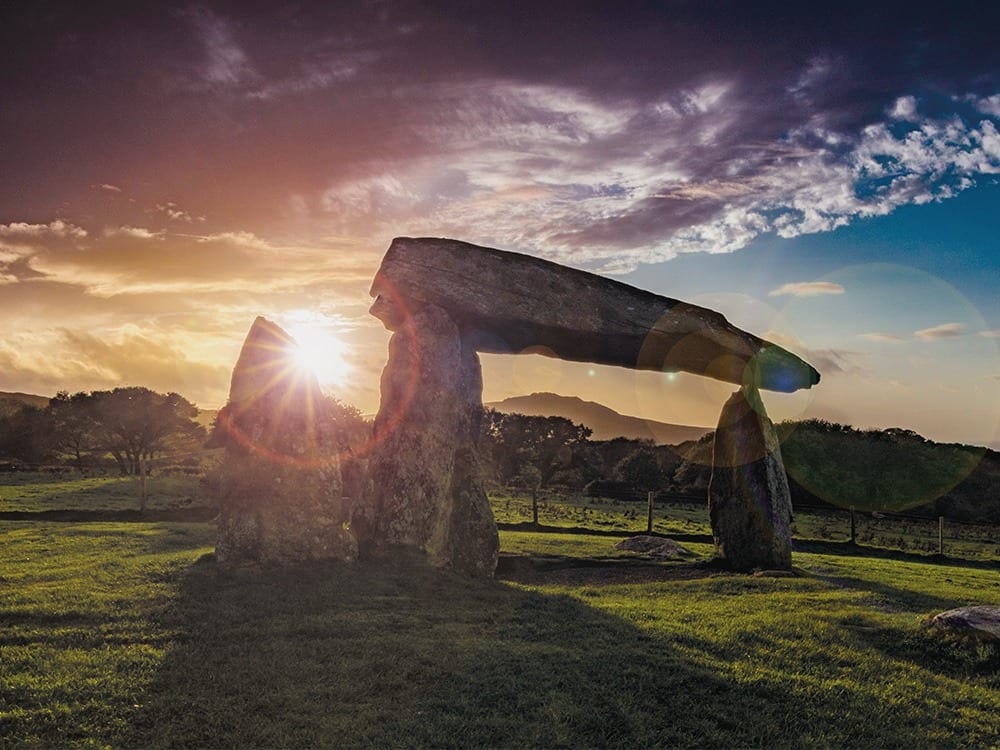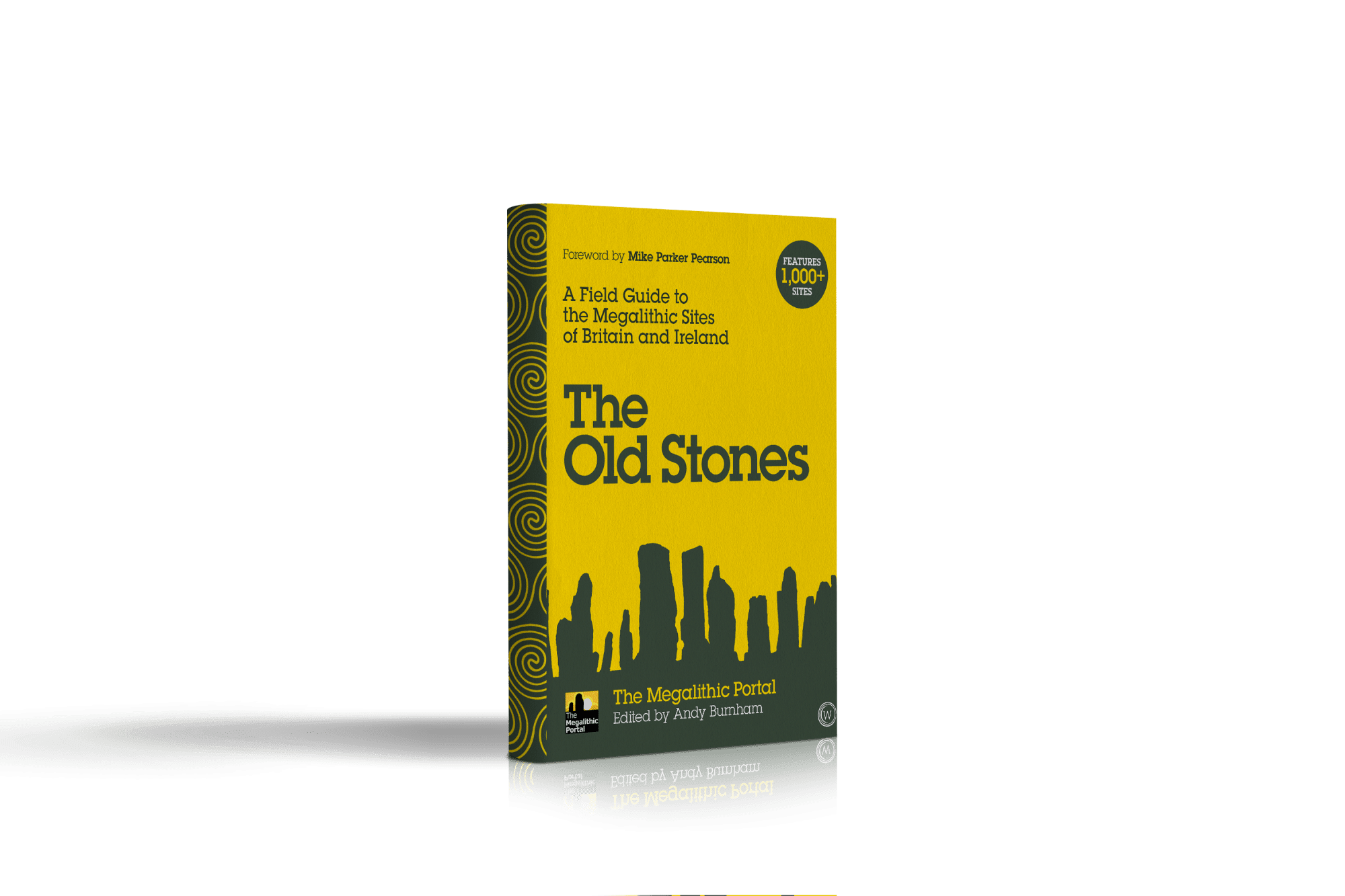As it’s World Down Syndrome Day this month (Thursday, 21st March), we’re celebrating a positive campaign this month to raise awareness and funds for a very special charity.
Teddy is a smart, funny, wonderful little boy who puts a smile on the face of everyone he meets. “He’s exactly the way he should be and we wouldn’t change him for the world,” says his proud mum Emily Reay, “but it would be nice if the world would change for him…”
Teddy (pictured) is one of 21 poster stars who, along with their families, are helping raise awareness about Down’s Syndrome (DS). Photographer Magdalena Sztechman, whose sister has Down’s Syndrome, grew up in Poland where she attended regular educational therapy groups and workshops. She wanted to create a positive picture of diversity and similar sense of community here in the UK. Last spring she photographed a sweet little girl called Cara who happens to have Down’s Syndrome and the reaction was hugely positive. “I felt inspired to raise awareness and decided I wanted to do another photo session this year,” explains Magdalena. “This cause is very close to my heart.”
With the help Sparkles, a small, parent-led support charity that offers speech and language therapy and more, 22 willing families got in touch. The resulting images of her subjects will be celebrated on social media daily from 1st March.
“People with Down’s Syndrome can achieve much more than most people can even imagine,” adds Magdalena. “The key is early intervention and extra, well-timed support. It is very important for me to ensure my own daughters understand diversity, the importance of inclusion and that they are naturally open-minded.”

Teddy’s mum Emily is delighted her son is helping to challenge outdated and negative perceptions about Down’s Syndrome. “I didn’t need a test or a doctor to tell me [that he had Down’s Syndrome],” adds Emily of his birth. “I wasn’t sure what this was going to mean for us, but he’s taken my hand and led the way. Don’t be afraid, don’t say sorry, don’t doubt him, don’t treat him differently. Only he can determine what he can and cannot do, my job is to simply provide the love and support to help him achieve his goals. The sky’s the limit.”
Sparkles was started in 1999 by a small group of parents of children with DS who wanted to be able to offer their children more speech therapy than was available through the NHS. To find out more and donate please visit www.sparkles.org.uk
Also visit www.sztechman-photography.co.uk
● Join the social media campaign @randamag will be supporting – #DownRightAmazing
![]() visit the DownRightAmazing Facebook page
visit the DownRightAmazing Facebook page



















